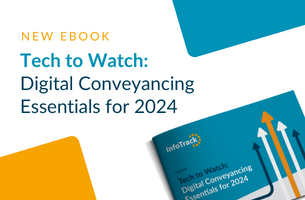There is a huge unmet need for legal services among individual consumers, the most detailed ever study of the issue has revealed, with fewer than one in 10 people experiencing a legal problem seeking advice from a lawyer.
The report for the Legal Services Board (LSB) described the courts as “peripheral to much everyday justice”, with only one in 20 disputes resolved by courts, tribunals or other third-party procedures.
However, the report concluded that there was no “broad crisis of access to justice”, with those who really need advice generally seeking it. Sometimes inaction was “entirely rational”, although “a significant minority of cases of inaction are characterised by helplessness and powerlessness”.
Professor Pascoe Pleasence and Dr Nigel Balmer from University College London studied over 3,800 legal problems, using data from the English and Welsh civil and social justice panel survey.
They said their findings were similar to those they reported last year from an equally detailed study of small businesses, which found similarly huge levels of unmet legal need.
Problems categorised by consumers as ‘legal’ were far more likely to result in a trip to a lawyer. The nature of the problem and the cost were the other two main factors. Younger consumers (aged 16 to 24) were the most likely to do nothing.
Where consumers identified their problem as ‘legal’, there was a “dramatic increase” in visits to a law firm, as opposed to seeking informal advice, going to an advice centre or doing nothing.
Around a quarter of respondents who obtained independent help, but not from a lawyer, said they were put off by the cost, particularly in family and employment disputes.
Researchers said cost was least frequently mentioned in relation to personal injury disputes, where there were “alternative funding mechanisms”.
They warned that “making lawyers cheaper to access (in reality and perception) may not on its own radically change the way that people go about resolving legal problems”, because their behaviour was the result of many factors, such as whether or not they saw a problem as “legal”.
Consumer issues topped the table of problems for individuals, with 17.5% reporting them, followed by neighbour problems on 12.7% and employment on 12.2%. After that came money, debt and welfare benefits.
Care proceedings were regarded as the most severe kind of legal problem, with consumer issues the least severe. Relationship breakdown, domestic violence, medical negligence, education and employment were seen as relatively severe.
The report showed that people living in detached houses were the most likely to go a law firm to seek help with their problems (7.1%), those living in flats the least likely (5.8%). However, people living in terraces were more likely to go to a lawyer than those in semi-detached houses.
In another revealing glimpse of consumer behaviour, the report found that cohabiting couples without children were three times more likely to see a lawyer than those with children (10.8% compared to 3.4%). Lone parents were the most likely to seek help from the advice sector.
Perhaps not surprisingly, people earning £50,000 or more were more likely to go to a law firm than those earning less. Individuals receiving state benefits were also more likely to see lawyers than those who were not.















This confirms what we have thought to be true for many years and supports the use of retainer-based legal service supply contracts and, indirectly the principle of marketign by influence-building and thought leadership.
It also will, I am sure show firms that the development of fixed-price menus of services can be an effective approach to the market.